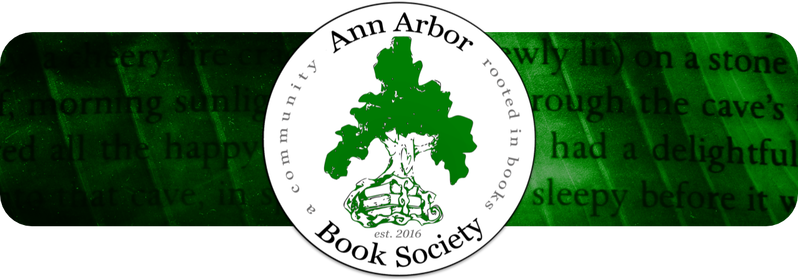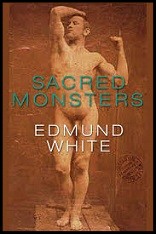“When I was fifteen I fell in love with this statue –not as an art fancier or potential collector or historian, but the way a lover would. Literally.” So begins Edmund White’s essay on Auguste Rodin, “The Bronze Age” in his 2011 book, Sacred Monsters. A collection of twenty-two essays on some of the most compelling art and literary figures of the late 19th and 20th centuries, Sacred Monsters is considerably more personal essay and biography rather than critique; a distinction White himself acknowledges and is comfortable embracing. “I have more confidence than most critics do in the biographical approach … the evolution of an artistic career can best be examined through biography.”
White derives the title of his book from the French term, “monstre sacre” – a celebrity of such exceptional renown they are almost above reproach (think Bob Hope or as White put it “an enormous century-old goldfish swimming about in a murky pool on the palace grounds”). White is no iconoclast. He deals neither strong blows nor other trauma to his subject. White is an observer and a re-teller of tales. He describes Marguerite Duras’ alcoholism bluntly yet matter-of-fact in “In Love With Duras” and pulls no punches in noting Edith Wharton’s antisemitism in “The House of Edith”. White simply pulls back a thin veil on his subjects and reveals the complexities and imperfections of these complex people.
Edmund White was the recipient of the Lambda Literary Foundation’s 2009 Pioneer Award. Much of his writing, autobiographical or otherwise, has been of LGBTQ subjects. In his 2007 autobiography My Lives he writes, “The most important things in our intimate lives can’t be discussed with strangers, except in books”. Of his twenty-two subjects in Sacred Monsters, fifteen are gay, bisexual, closeted or conflicted about their sexuality. This is not a book “about” LGBTQ people. White delves into his subject’s sexuality where it informs and to the extent it provides context for the artist’s subject matter or sensibilities. Of photographer Robert Mapplethorpe, White notes the most formative years for Mapplethorpe’s work (1969-1979) were also the most turbulent in the battle for gay liberation. Mapplethorpe himself said, “My life began in the summer of 1969. Before that, I didn’t exist.”
White describes his adolescent infatuation with Rodin’s bronze figure as his “introduction to the ideal and excruciatingly improbable realm of art”. In Sacred Monsters, he introduces us to the sometimes improbable but nonetheless very real life and times of some very compelling people.
–Kevin Sharp
Common Language Bookseller
Featured in May 2018 newsletter


